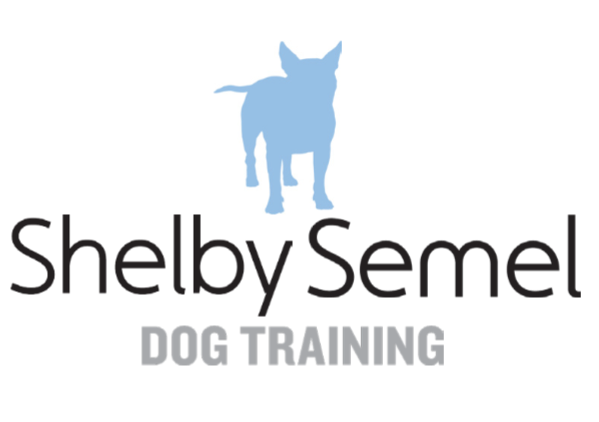Holiday Survival Guide
/Walking in a Winter Wonderland ...
Take your dog on enrichment walks before guests are due to arrive. Allow your dog to sniff to his heart's content on these walks, as processing all those smells can be very mentally taxing. Choice can be a large enrichment factor as well, so allow your dog to choose the direction to walk in, too!
If you're cramped for time, having multiple stuffed food toys prepared and ready to go is an easy way to balance both your dog's boundless energy and your need to socialize with family and friends. Stock up ahead of time on classic Kongs, marrow bones, West Paw zogoflex or toppl, Busy Buddy Twist n' Treat or barnacle toys, to name a few. Check out Kong.com for recipe ideas of what to fill these toys with!
SSDT Dog Trainer Leslie Roach's dog Ripley
There'll be parties for hosting ...
Remind your dog what they should be doing when guests arrive. If your dog knows sit (or down) and stay, ask your dog to do that while guests enter your apartment. Remind your dog to sit when greeting guests, and reward your dog for compliance. You can have small dishes of treats in dog proof places so that your guests can ask your dog to perform basic commands as well. If your dog does not have a reliable sit, down, or stay, rely on management to prevent jumping or inappropriate behavior. Busy holiday gatherings are not the time to try to train your dog - instead have your dog crated in a quiet room with a high value kong, or have your dog on leash.
Chestnuts roasting on an open fire ...
While Chestnuts are not toxic to dogs, poinsettias and mistletoe can be. Be sure to keep all decorations out of reach. Remember too that chocolate, grapes, raisins, and onions are toxic to dogs. Gifts that contain food should be left on tables out of reach of nosy dogs. Avoid feeding your dog table scraps as these foods can be too fatty and rich for your dog to digest safely. Have the ASPCA poison control phone number (888-426-4435) in plain sight in case anything goes wrong!
There's No Place like Home for the Holidays ...
Travel can be very stressful for dogs and humans. If your dog is an anxious traveler, discuss with your veterinarian the potential for using an anti anxiety supplement or medication. Update your pet's identification tags and microchip with the correct information and make sure that your dog is up to date on all vaccinations. If you're traveling by plane, check your airline's website to familiarize yourself with their specific requirements. Tire your dog out before travel with physical and mental exercise.
If your dog is meeting extended canine family for the first time, meet on neutral territory and take the dogs for a walk. If one or more dogs are un-socialized or not friendly, management via crating and rotating may be the easiest and least stressful option.
Happy Holidays from the SSDT Team !!



